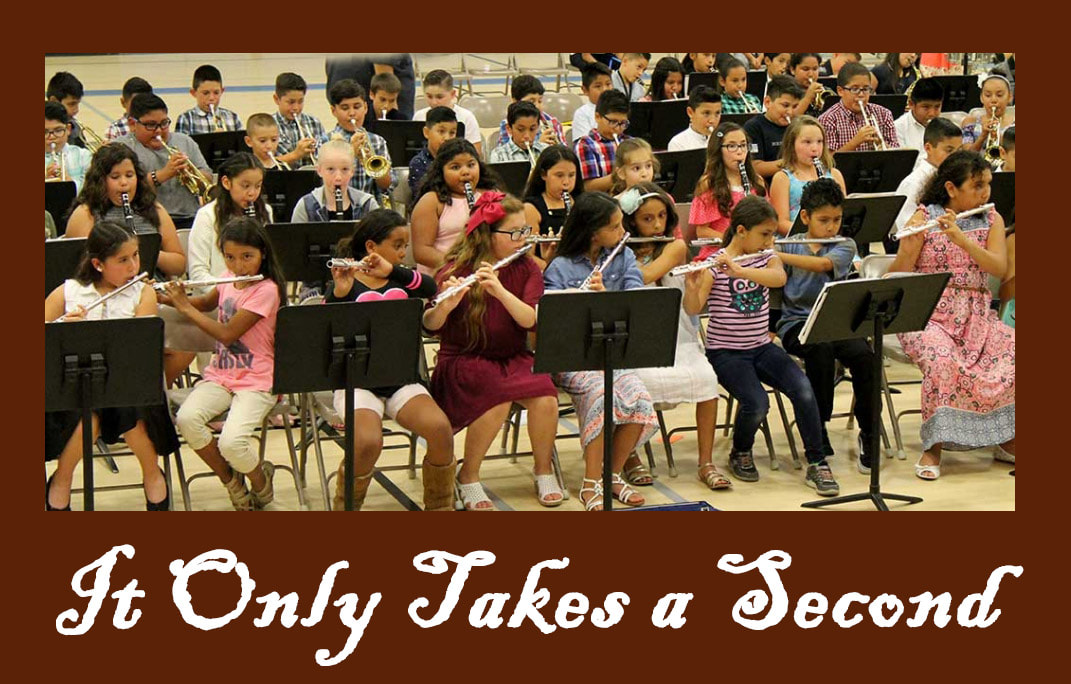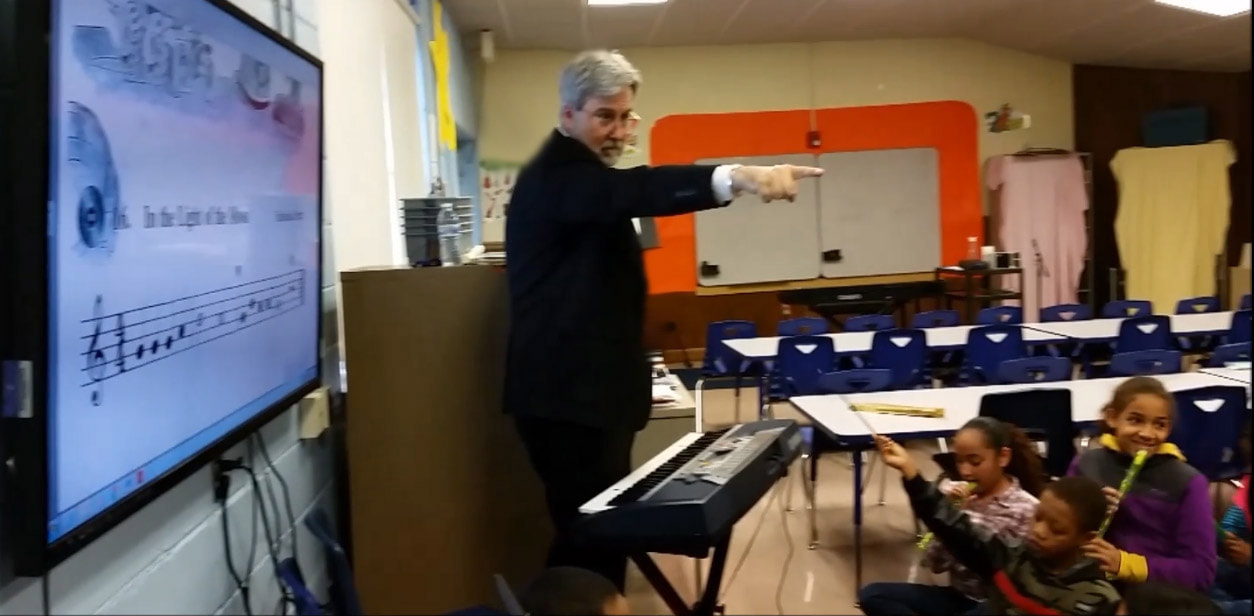It was long ago but still feels like yesterday,
Of course, in the span of time, it was more like a few seconds and inconsequential by most measures.
When I first stood in front of 60-member elementary band as a junior in college, I was scared.
As I uneasily stood on the platform behind the conductor’s stand, I nervously glanced down, saw the high school band director’s ashtray overflowing with Chesterfield King butts, and contemplating lighting up.
While I had a pack of smokes in my suit jacket pocket, I realized that I had no matches so that would require asking some eleven-year old girl I didn’t know in the first row of flutes for a light and that just didn’t feel . . . . confidence-inspiring.
I had been subbing my junior year but that was in general music classrooms – not in front of a large ensemble armed with loaded instruments.
Never before was I in a position where so many small, wide-eyed people simultaneously looked expectantly toward me for leadership, seeking musical knowledge, and calling me “Mr. Holmes”.
This was “Mr. Holmes 1.0”.
It wasn’t iteration 5.0, 4.0, or even the Mr. Holmes 3.0 that many would someday see win awards or exude poise and teaching technique in front of hundreds.
What the hell had I gotten myself into?
I didn’t smile much at first.
I was a new band director inheriting a successful diocesan music program.
Someone once said something to the effect of “When I look at the world, I get worried, but when I talk to and look at individual people, I feel it’s all promising.”
It was like that for me.
I learned that the more I talked to each kid individually outside of rehearsal, the easier it became during rehearsal.
The more I got to individually know the kids, the more they felt that I was talking directly to them during rehearsal – just as long as I kept scanning the room and making sure I was always making contact with every set of eyeballs all the time.
I also learned there was more bang for the buck if I memorized scores and kept my eyes on the kids eyes. I started noticing that some of them were memorizing their music and watching me all the time, too.
All of this made my upcoming senior year student teaching seem like a walk in the park. I had an air of confidence that was not bravado or an act – I really felt I was ready.
No matter how many people are in front of you when you teach or perform, focus on that ”someone” for a few seconds with the subtlest smile you can manage. The person or people you where you have developed a one-on-one relationship.
I used those smiles to differentiate my no-nonsense Mr. Holmes who didn’t smile much with the more humane one who occasionally did smile and allowed kids who paid attention a peek behind the curtain.
Even though you are separated by geographic or digital distance, find them, smile directly at them, speak, sing, and play directly to them.
This is a good time to lean in.
Other people in the group will see you smile at that person, will want you to smile at them, will lean into the person you are smiling at, and will attempt to get your attention by sending a smile to you.
The magnetism between you and that someone in front of you will pull the people on either side of your student or audience member into a positive emerging relationship with you.
All of this will create a unremitting momentum in your student relationships, sustained commitments from ensemble members, and music that gets better with every airing.
It only takes a second.


 RSS Feed
RSS Feed